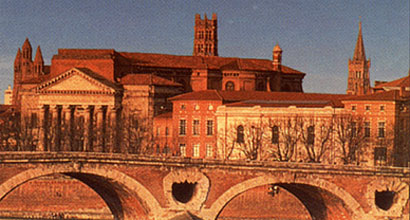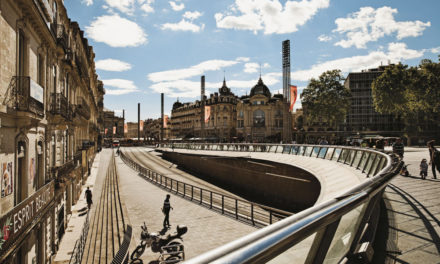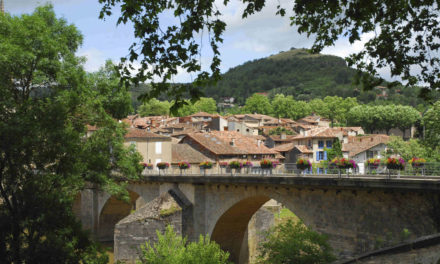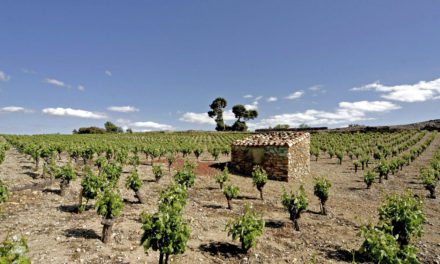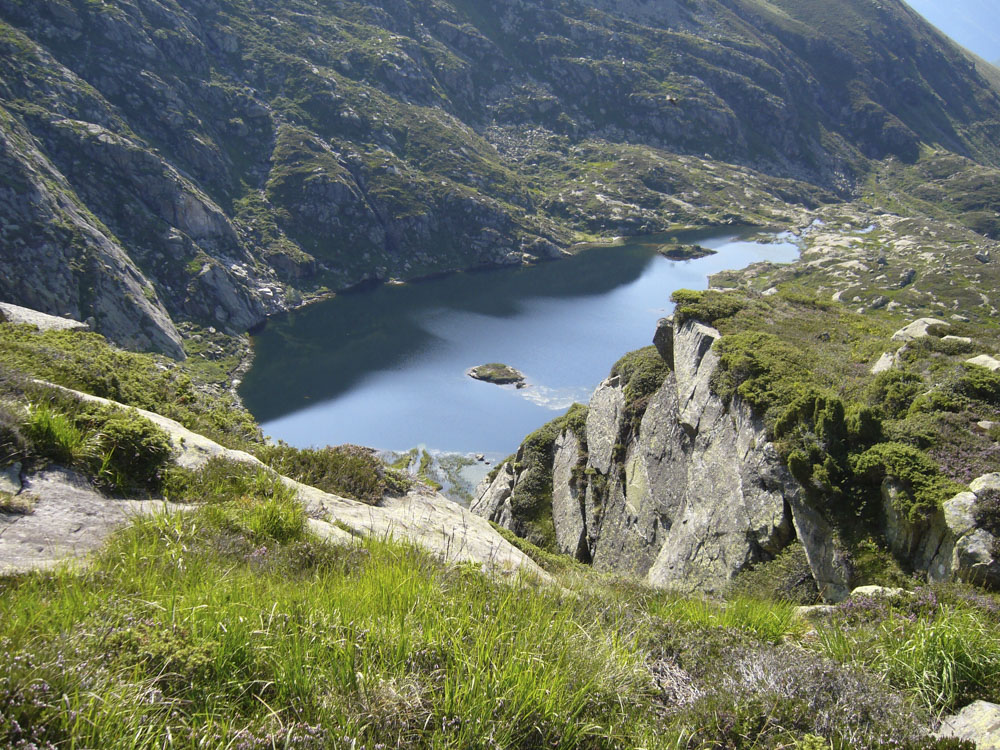
A green and rugged department, the Ariège is one of the best kept secrets of southwest France. Relatively undiscovered, it still offers an unspoilt landscape of dramatic mountains, slightly less formidable than in some other parts of the Pyrenees yet forming a stunning backdrop to the steep valleys, plateaux and vast lakes. The area is home to a vast range of wildlife and flora including eagles and other birds of prey. Near Ax les Thermes is la Maison des Loups where you can observe European wolves living in the heart of the forest. In days gone by, the people used to summer in the mountains and the Autumn Fairs in October were held to celebrate ‘la descente’ when it was necessary to come down from the mountains before winter set in. The Fairs continue to this day but are more of a community event nowadays.
Towns in the Ariege
Hotels in Ariege
The Grotte de Lombrives
For anyone interested in prehistoric times, the Ariège has some wonderful sites. The caves of Niaux built 13,000 years ago, still contain their incredible wall paintings thought to date from between 11500 and 10500 B.C. At Tarascon is the ‘Parc de l’Art Préhistorique which demonstrates how caves were formed by water flowing over the rocks. Here, too, you can see how prehistoric tools were made from flint and how spear throwing and fire making developed. The department boasts the most significant concentration of prehistoric caves or grottes in France. The Grotte de Lombrives is the largest in Europe whilst at Labouiche, between Foix and the Bastide de Sérou, you can visit the longest navigable subterranean river in Europe.
The Cathars
This is Cathar country and the castle of the Count of Foix remains intact to this day whilst the ruins of Château de Montsegur, at an altitude of 1207 metres on a rocky outcrop called the ‘Pog’, sheltered the Cathars at the beginning of the 13th century. The crusaders put the castle to siege and after they had overcome the Cathars, 200 of the ‘perfecti’ were given two weeks to consider whether or not to renounce their beliefs. On 16th March 1244 they were brought down from the mountain and burnt on a huge pyre at a place forever after known as the camp des Crémats.The ruins that one can see today are of the third stronghold which was built following the siege on the same site and which was part of the French defences against the King of Aragon. Saint-Lizier, an old roman town, is listed as being one of the most beautiful villages of France, set at the foot of the mountains on the route to St Jacques de Compostela and hosts an annual Music Fair.
Mirepoix
Mirepoix with its attractive arched market place, half-timbered houses and ancient gothic styled Cathedral of St Maurice dating from the 12th-16th centuries, is well worth a visit. The Cathedral has the largest nave in France and the second largest in Europe. The town retains one of its four gates dating from the 14th century. Nearby you can visit the Lac de Montbel or go canoeing on the River Hers. Market life is important in this department. Until recently most families survived by raising a pig and ducks and lived throughout the year on the cured and preserved meat. As a result, the region produces excellent ‘saucisse sèche’ and ‘jambon du pays’ as well as the ubiquitous ‘confit de canard’. The terrain is not wine producing but the excellent regional wines of the Minervois and Corbières are well suited to the local fare.
| Title | Address | Description |
|---|---|---|
ARIEGE | Ariege, France |

